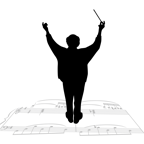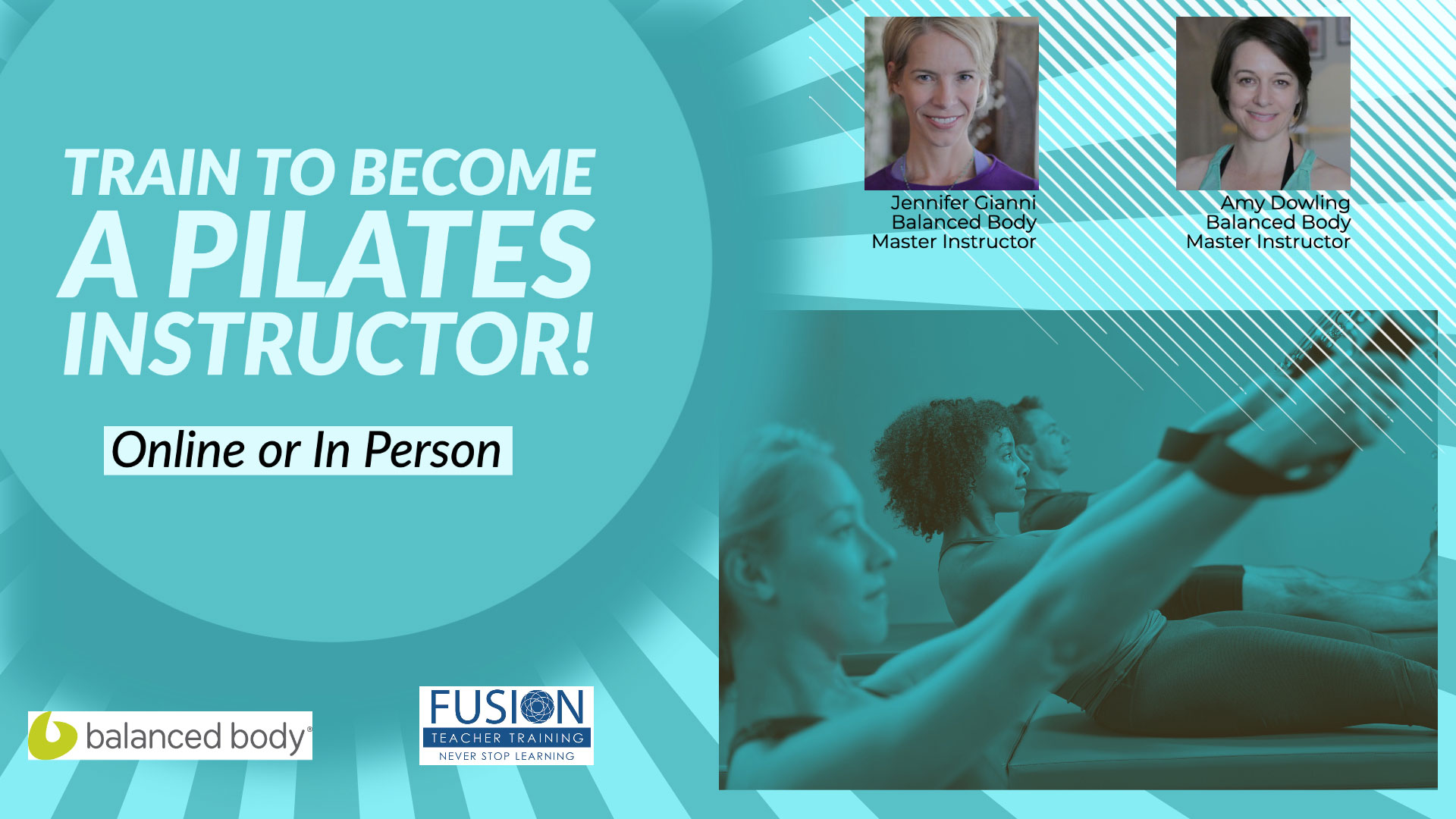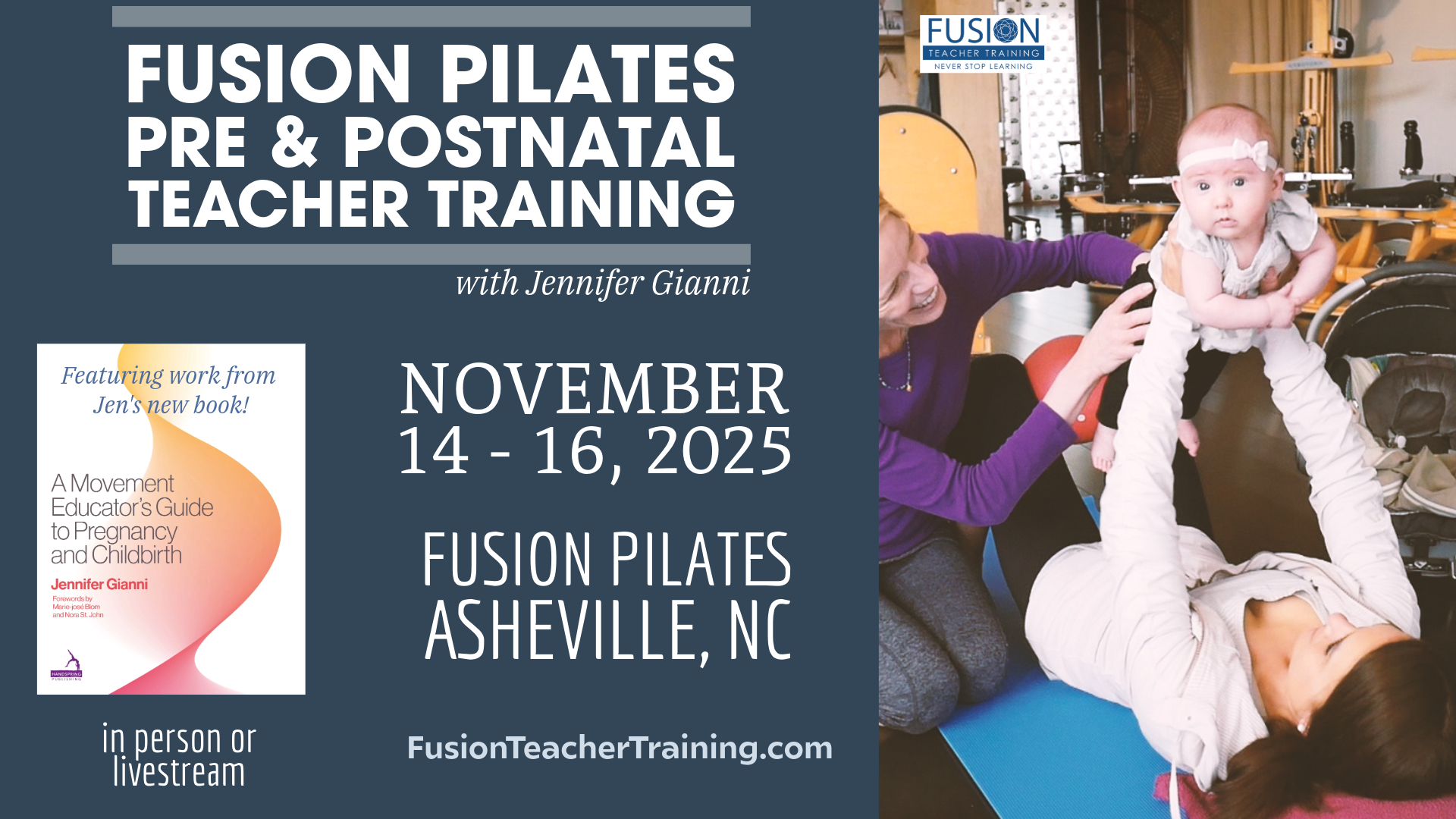 Imagery and visualization are key components in our Pilates practice. It is amazing how much power lies in our metaphysical selves, and it’s extremely beneficial when we are able to connect our bodies with our minds. The general perception is that the mind controls our body, but it’s more of a perfect marriage where each delivers benefits and support to the other. Neither is dominant. The body and mind are most powerful when they work together as equal partners.
Imagery and visualization are key components in our Pilates practice. It is amazing how much power lies in our metaphysical selves, and it’s extremely beneficial when we are able to connect our bodies with our minds. The general perception is that the mind controls our body, but it’s more of a perfect marriage where each delivers benefits and support to the other. Neither is dominant. The body and mind are most powerful when they work together as equal partners.
I read an article long ago that provides a prime example of how influential this connection can be. An experiment was being done on professional basketball players who were working to improve their success at making free throws. The test subjects were split into two groups: one group was allowed to practice its free throw every day while the other group was not allowed to physically practice at all, but they were told to visualize themselves on the court throwing successful free throws every day. After a month, the result was that the group that was allowed only to visualize themselves making free throw after free throw had greatly surpassed the performance of the group that was allowed to physically practice every day.
If thoughts are so powerful, it makes sense to try to harness your thinking to bring about positive changes in your body. This concept is the very essence of Pilates.
In Pilates we recognize that it is only through the synchronization of thought and action that an exercise is truly effective. To create a healthy and fit body, you need to integrate the mental, physical, and spiritual.
If you view your body or the progress toward your exercise goals in a negative way, you will need to be aware of that and work to change that viewpoint. Positive thought will bring about positive changes in your Pilates practice. In Pilates it is necessary to complement each physical action with a mental focus or creative visualization. So the way you perceive the exercise you are performing is of the utmost importance. Each time you work through the movements it is important that you visualize what it is you are trying to achieve. Painting a picture in your mind helps your body to respond in the correct way.
As you practice the physical moves while marrying them with their corresponding images you will notice that you are able to get deeper into the move. Employing this technique will be difficult and sometimes you may need to do fewer repetitions the more you practice. This is because you are becoming more precise and using more control. Pilates is one of the few forms of exercise that gets progressively more difficult, but the results are worth it. In time you will look taller, slimmer, and more toned.
Our Goal
We want to connect the power of the mind to the body using creative imagery and visualization which will help us to achieve improved results.
Here’s How: Let’s infuse creative imagery and visualization into a simple abdominal curl. First, lie on your back with bent knees and your feet flat on the floor. Keep your pelvis neutral. Take a few breath cycles to fire up the core musculature. As you cycle the breath, imagine you are lying on a warm sandy beach. Your bones and flesh relax into the sand. Everything should feel extremely heavy.
On your next inhale, float your long arms up so that the fingers point to the ceiling. Imagine that the arms are moving through water.
Exhale and move just the arms down to your side. Once more, inhale and float your arms up. Now, on the exhale, bring the arms down and roll the head and shoulders up to look at your belly by rolling the back of the ribcage into the sand under you. Your neck and shoulders should feel long and relaxed. On the next exhale, slowly carry everything back to the starting position as if you are moving through water.
Concentrating on these visual images of sinking into the sand and moving through water will help your mind and body work together to perform the exercise with optimal form.
Hot Tip
Do two or three more reps, trying to connect the physical movements to the images and to the end goal of the exercise.
At first, go very slowly and deliberately, connecting all the dots. As your practice progresses, the body and mind will work in synchronicity with the exercise and the movement will become more fluid and will feel more connected. This will create a rhythm and flow to the exercise and, eventually, to your entire workout.
Thanks for reading! Be sure to tell us your thoughts below.




Leave A Reply (No comments So Far)
Please - comments only. All Pilates questions should be asked in the Forum. All support questions should be asked at Support.
You must be logged in to post a comment.
No comments yet.